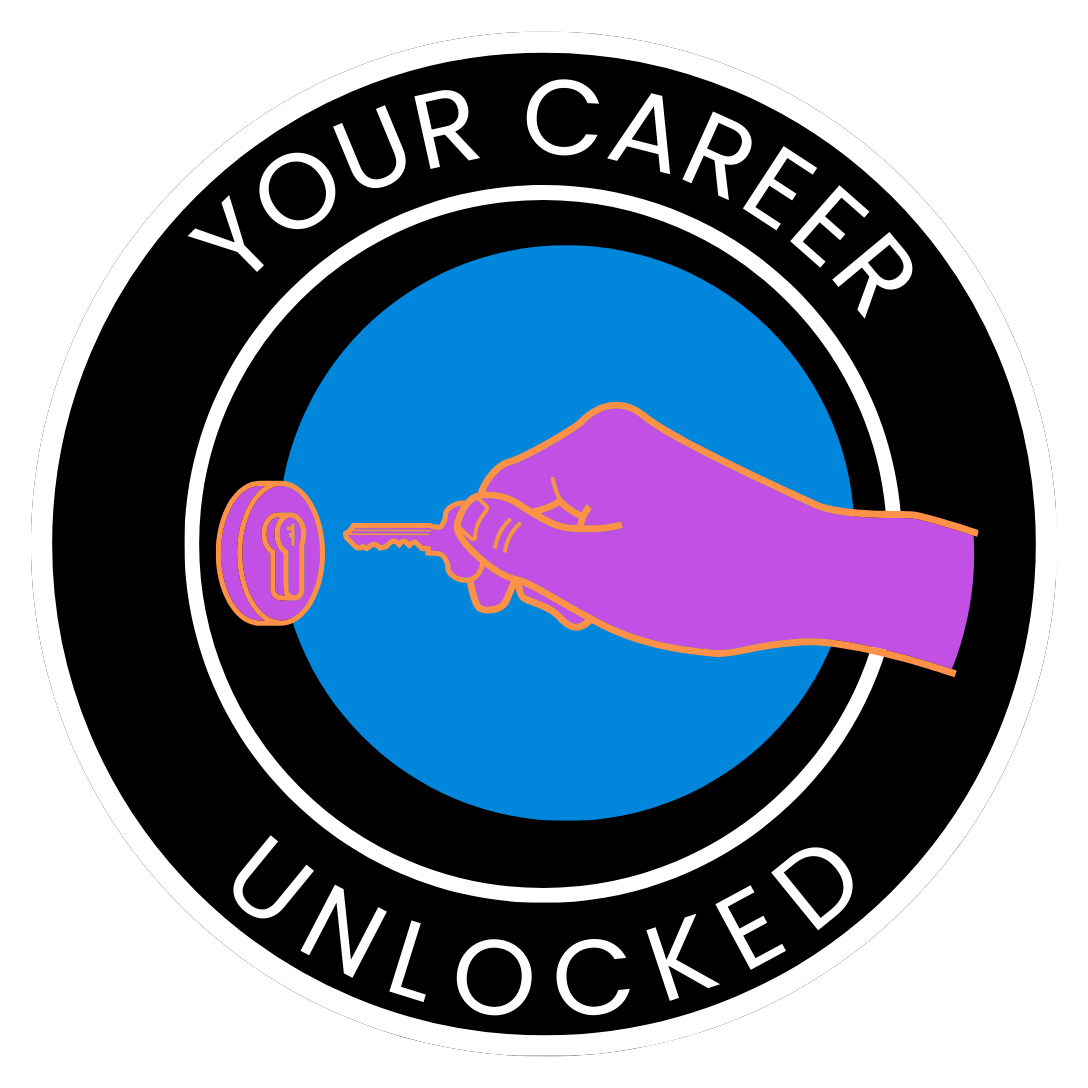Executive dysfunction can feel like an invisible wall between you and your goals. It makes starting, organizing, and following through on tasks frustratingly difficult. For those with ADHD, this challenge is all too familiar. But with ChatGPT, you have a tool that can help you bridge the gap between intention and action.
In this article, we’ll explore how to use ChatGPT to overcome executive dysfunction and reclaim your productivity.
Step 1: Break Tasks Into Bite-Sized Pieces
One of the biggest challenges of executive dysfunction is feeling overwhelmed by tasks. Ask ChatGPT to break down your goals into manageable steps.
Examples:
- Prompt: “I need help breaking [task] into smaller steps I can handle.”
- Tip: Request timelines, like “Can you create a step-by-step plan for completing this in 2 days?”
💡 Trick: Use micro-tasks. Ask ChatGPT, “What’s the smallest step I can take right now to get started?”
Step 2: Create Routines and Structure
Consistency is key for managing ADHD, but creating structure can be daunting. ChatGPT can help design personalized routines that fit your lifestyle.
Prompts to Try:
- “Can you help me create a morning routine that’s simple and ADHD-friendly?”
- “What’s a weekly schedule that balances work and downtime for someone like me?”
- “How can I structure my day to make sure I don’t forget [task or priority]?”
💡 Trick: Build routines around anchors, like meals or bedtime, to make them easier to follow.
Step 3: Use ChatGPT for Task Prioritization
Executive dysfunction often makes it hard to know where to start. ChatGPT can help you prioritize based on urgency, importance, or ease of execution.
Examples:
- Prompt: “Here’s my to-do list. Can you help me rank these tasks by priority?”
- “I have 3 hours today—what should I focus on first?”
- “Which of these tasks can I delegate or skip?”
💡 Trick: Use the “two-minute rule.” Ask, “Which of these tasks can I finish in under 2 minutes to build momentum?”
Step 4: Set Timers and Accountability Prompts
Procrastination can be a major barrier for those with ADHD. Use ChatGPT to stay on track with reminders and time-blocking.
Examples:
- “Help me set a timer for 25 minutes of focused work. What should I do during this time?”
- “Can you check in with me after an hour to see if I’ve started [task]?”
- “Give me a pep talk for finishing [task] in the next 30 minutes.”
💡 Trick: Pair tasks with rewards. Ask, “What’s a small reward I can give myself for completing [task]?”
Step 5: Turn Tasks Into Games or Challenges
Making tasks fun can reduce resistance and boost focus. Ask ChatGPT to gamify your to-do list.
Examples:
- “Turn my cleaning tasks into a fun challenge for me to complete in 20 minutes.”
- “What’s a way to make [boring task] more enjoyable or engaging?”
- “Can you create a competition-style checklist for [tasks]?”
💡 Trick: Use imaginary stakes. For example, “Pretend I’m a secret agent and completing these tasks is my mission—how should I do it?”
Step 6: Reflect on Progress and Adjust
After tackling your tasks, use ChatGPT to review what worked and what didn’t.
Prompts for Reflection:
- “Here’s how today went. How can I improve my routine tomorrow?”
- “I struggled with [task]—what are some strategies to make it easier next time?”
- “What’s a way to celebrate completing [big task]?”
💡 Trick: Use ChatGPT to build a sense of accomplishment. Ask, “Remind me of what I achieved today, even the small wins.”
Why This Works
Executive dysfunction thrives on overwhelm, but ChatGPT excels at simplifying, organizing, and motivating. It acts as both a planner and accountability partner, giving you the tools you need to take action—on your terms.
With ChatGPT’s help, even the most daunting tasks can feel approachable. The next time you’re facing executive dysfunction, let ChatGPT help you turn intentions into actions.

